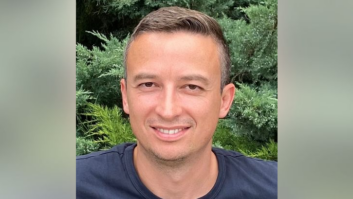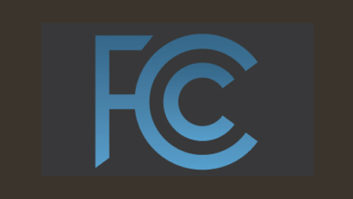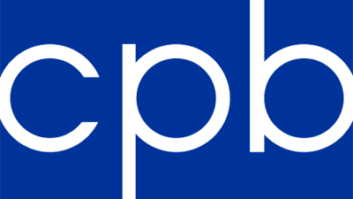Service monitors, sometimes referred to as communications service monitors, are used in the communications industry to align, tune, optimize and troubleshoot the many types of transmitters and receivers that are part of daily life.

IFR FM/AM 500-A Service Monitor
Credit: Mario Filippi
Service monitors have been on the communications scene for several decades and were (and some still are) manufactured by familiar firms such as Motorola, Ramsey, IFR, Marconi, Wavetek, Cushman, etc. As with other electronic devices, as they age these service monitors get replaced by new state-of-the-art models with improved circuitry and additional bells and whistles. Eventually many of these older, outdated but fully functional units are yanked from test benches and enter the secondary market for sale or auction at prices that are a fraction of the original selling price.
The radio hobbyist can take advantage of the numerous older service monitors up for sale or auction once they are jettisoned into the secondhand market.
In short, these radios are gems can be repurposed as general-coverage receivers and have the heft, size and charm of old-school models.
EYE CANDY
After many months of requesting quotes from electronics resellers and monitoring eBay auctions, I came across this Instrumentation Flight Research FM/AM 500-A service monitor, described by the seller as in good working condition. I made an offer (much lower than the asking price, I may add), which to my delight was accepted.
This particular model was manufactured in 1995 and its cost at the time was several thousand dollars. It was a popular model in its day because the weight with internal battery was about 22 pounds, making it easily transportable while traveling or doing field work. Fortunately, the unit’s previous owner had taken exemplary care; it was in excellent cosmetic and electronic condition. The optional carrying case and front cover were missing though, and I’m still hunting for those, which are as rare as hen’s teeth.
The IFR-500A is a basic communications service monitor that covers 150 kHz to 999.9 MHz and receives AM (amplitude modulation), FM (frequency modulation) and SSB (single sideband), much to the delight of any radio enthusiast who loves to navigate the broad range of the radio listening spectrum. This range includes the AM/FM broadcast bands, shortwave for international broadcasts, amateur (ham) radio, CB (Citizen’s Band), aircraft band and the public service (police, fire, EMS) bands. It’s basically one-stop shopping for individuals who are frequency-agile and enjoy cavorting from one end of the spectrum to another.
In addition, the 500-A’s built-in beat frequency oscillator is a plus for those interested in SSB voice transmissions, Morse code and other digital transmissions that may be of interest to radio hobbyists, such as RTTY (RadioTeleTYpe) and WEFAX (Weather Facsimile), to name a few.
The busy dashboard of the IFR-500A is eye candy for radio aficionados who shun the soft tactile keys and digital displays of diminutive, modern-day wideband receivers but delight in twisting knobs, dials, thumb switches and peering at genuine d’Arsonval meter movements (named after physician/physicist Jacques-Arsène d’Arsonval).
This radio makes no bones about its presence and boasts a commanding 12-by-13-by-7-inch footprint with internal electronics all housed in heavy-duty metal construction; you’ll have to dedicate some serious space on your radio desk for this “boat anchor” (ham speak for those venerable, hefty radios of old). It exudes old-school workmanship and class.
My IFR-500A eBay acquisition now proudly occupies the radio bench for tuning in to shortwave broadcasts such as Radio Habana, Trenton ATC communications on 120.7 MHz, the local ambulance and fire companies, NOAA weather station KWO-35 from New York, WOR(AM) from New York City, the local ham repeater in Cherryville, N.J., or wherever the radio action happens to be.
All in all the IFR is one great performer for the frequency-agile. Communications monitors such as the IFR come in many different models and vintages, some with built-in oscilloscopes, spectrum analyzers and perhaps even few memory channels.
Used service monitors generally sell from a few hundred dollars to just over one thousand dollars, depending on their age and level of complexity. Models with built-in oscilloscopes command higher prices. Checking eBay auctions will give you a good idea of what is available and selling price trends.
Mario Filippi is a freelance writer, radio amateur (N2HUN) and an avid shortwave, longwave, VHF/UHF and satellite enthusiast.







